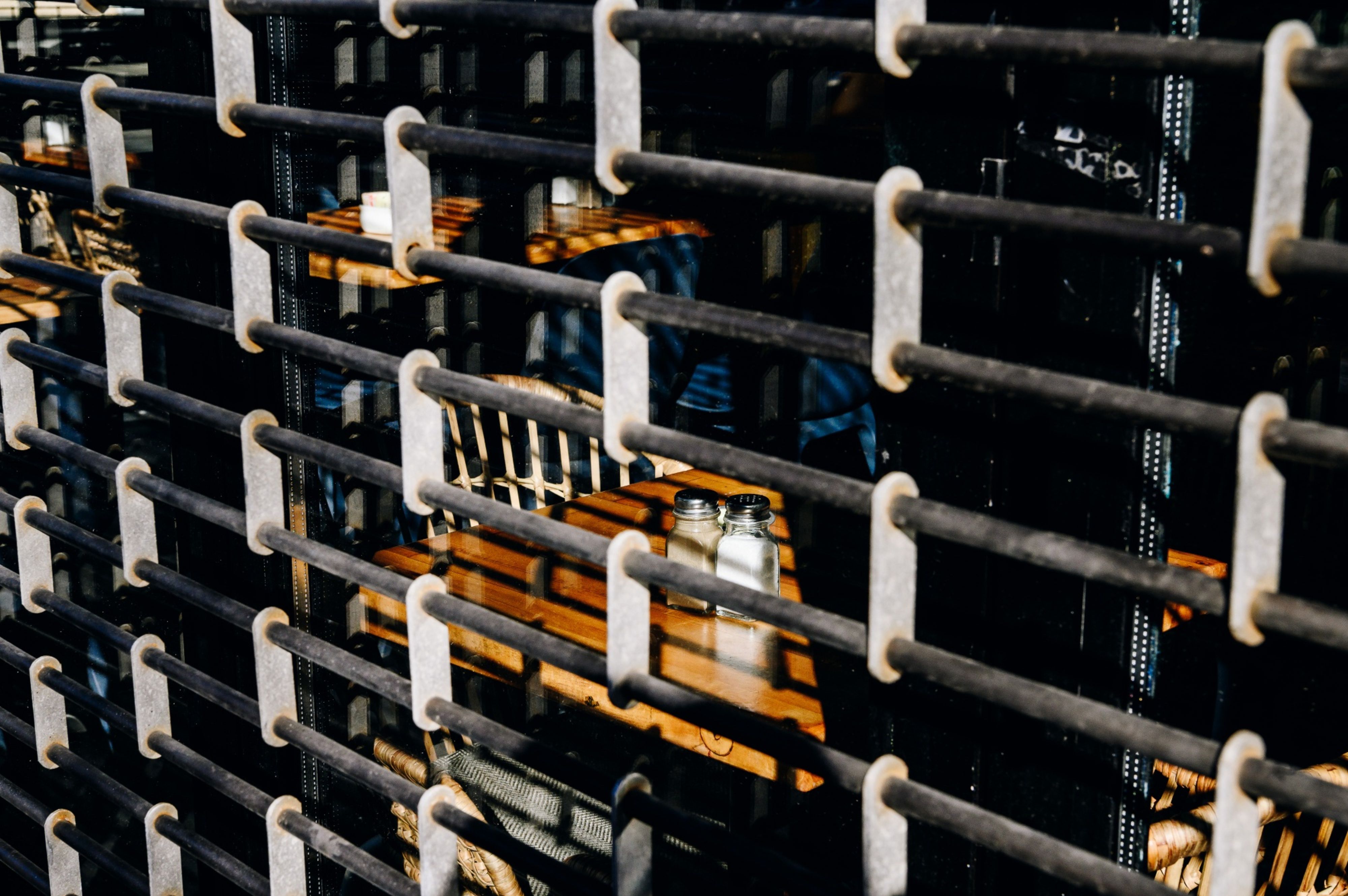Treasury Secretary Steven Mnuchin says the additional funding Congress approved Thursday to help small businesses survive the coronavirus pandemic should be the last round, but advocates fear it’ll run out quickly and won’t be enough for mom-and-pop shops struggling to stay open.
The House approved a bill Thursday including $320 billion more for a loan program to keep workers on payrolls. The program, which was launched by the Small Business Administration April 3 with $349 billion, ran out after just 13 days. Lawmakers are also adding $60 billion for a separate disaster loan and grant program whose coronavirus-related funding was exhausted last week.
Mnuchin said this week he expects this would be the last round of funding because there are now other financing opportunities for small businesses, including more money for the disaster loans and the Federal Reserve’s Main Street lending facility.
But small business advocates have estimated that as much as $1 trillion could be needed. They say as large banks are ready to flood the SBA with hundreds of thousands of applications totaling tens of billions of dollars, the additional money could be gone in a few days — and it’s not clear how many small firms, especially those that haven’t applied yet, can get funding.
“This next tranche is not going to be enough, obviously,” said Karen Kerrigan, president of the Small Business Entrepreneurship Council. “There’s only so much in the funding pot that is available, and the smallest of small businesses unfortunately are not getting access to this capital.”
Lawmakers also said more funding would be needed during a House Small Business Committee hearing on the loan program Thursday. “We all know it’s going to need more money again soon,” said Democratic Representative Tom Malinowski of New Jersey.
Applications for the initial PPP funds were being processed at a rate of about $40 billion a day in the final days before funding was exhausted, signaling that the replenishment could tap out quickly.
Some large, publicly traded companies and big chains such as Shake Shack Inc. that have been criticized for tapping the loan fund may opt for the Main Street facility, making more money available for smaller businesses, said Holly Wade, director of research and policy analysis for the National Federation of Independent Business.
The U.S. Treasury Department issued new guidance on Thursday emphasizing that borrowers must certify in good faith they need the loan, saying it’s “unlikely” a public company with substantial market value and access to capital will be able to do so. Firms that have already taken money can return it by May 7 without penalty, the guidance said.
Still, an NFIB survey of its members on April 17 showed 26 percent were in the process of submitting an application for loans when funding was exhausted, and it’s not clear how many will be able to access funding before it runs out again, Wade said. Also, there were potentially millions of self-employed individuals and independent contractors shut out because they couldn’t start applying immediately, she said.
“It’s a good second push to get money to small business owners, but there’s still a large number of small business owners who are still waiting to access this program,” Wade said.
The Paycheck Protection Program, or PPP, offers loans of as much as $10 million that convert to grants if proceeds are used to keep workers on the payroll and cover rent and other expenses for two months. The SBA guarantees the loans for lenders to disburse, and there’s no comprehensive accounting yet of how much money has reached small firms.
The SBA also stopped accepting applications last week for the Economic Injury Disaster Loan program, or EIDL, that offers low-interest financing and emergency advances of as much as $10,000 that don’t have to be repaid. Congress is adding $50 billion for loans and $10 billion for grants to that program.
More than 1.6 million small businesses were approved for PPP funding before the money ran out, with an average loan of $206,000, according to an SBA report. About 755,500 firms have received EIDL grants and almost 27,000 disaster loans have been approved so far, the SBA reported Monday. But there have been millions of EIDL applications, and there are about 30 million small businesses in the U.S. employing about half the workforce.
Congress will likely have to replenish the funds if they run out again, said Neil Bradley, chief policy officer at the U.S. Chamber of Commerce. He compared the PPP to an incomplete bridge.
“I don’t think we’re at the point where we can realistically say, ‘The bridge has stopped and we’re sorry if you fall off the end of it,’” he said.
The next funding round includes a $60 billion carve-out for small lenders, which is designed to help them compete with larger banks that will be more actively issuing loans this time, said Paul Merski of the Independent Community Bankers of America.
Even though there is money set aside for smaller banks and financial institutions to lend, that won’t fix the problem that companies with existing banking relationships “are still going to get at the front of the line,” said John Arensmeyer, chief executive officer of the Small Business Majority, a small business advocacy group.
Arnesmeyer said he thinks Mnuchin “will change his tune” about the need for additional funding in a couple of weeks when the crisis gets worse and the problems faced by small firms deepen.
The sheer magnitude of businesses that don’t have revenue and are closing and/or laying massive numbers of people is staggering,” he said.
Sinnidra Taylor said she has little hope that her business, the Crazy Waffle Bar in New Orleans will see any of the newly approved funds for the PPP.
“I am excited that they have allotted more money. I am also not confident that I will get any,” Taylor said. “I have the feeling small businesses such as mine are being overlooked and falling through the cracks.”